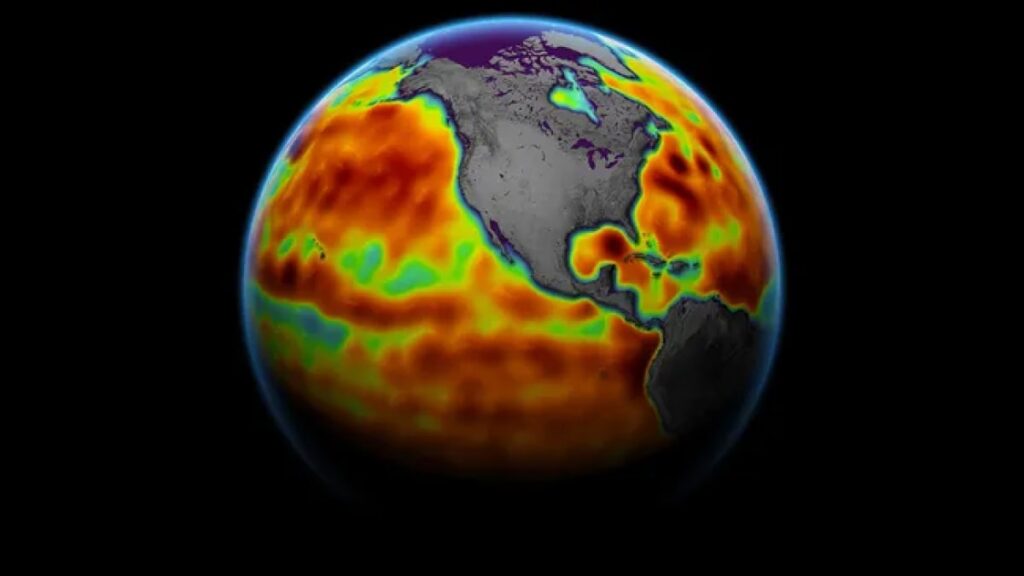Satellites orbiting the Earth have provided irrefutable evidence that climate change is no longer a distant concern, but a crisis of our time. In 2024, the average global temperature reached a record high, and sea levels continued to rise over the past 30 years. According to Cedric David, a scientist at NASA’s Jet Propulsion Laboratory, this long-term satellite data is clear evidence that our climate is changing drastically due to human activities.
Satellite technology has transformed our understanding of climate change, offering irrefutable evidence of the climate crisis. As global temperatures rise and natural disasters intensify, data from satellites paint a bleak picture of Earth’s future. July 2024 marked the hottest month on record in 175 years, and extreme weather events, such as Hurricane Helena, are becoming more common due to global warming. According to a report released in June 2024, human activity is the primary driver of climate change, and rising greenhouse gas emissions are accelerating environmental destruction.
Monitoring climate change from space
Satellites have played a key role in monitoring changes on Earth. NASA’s Sentinel-6 satellite Michael Freilich has recorded alarming increases in sea levels over the past three decades. Using radar altimetry, scientists can measure how the oceans are rising, providing strong evidence of global warming. Experts like Cedric David, a scientist at NASA’s Jet Propulsion Laboratory, point to the importance of satellites in observing phenomena such as melting glaciers, changing animal habitats and deforestation.
The role of satellites in predicting the future
Satellite technology also provides practical advantages. It helps predict and track hurricanes, identify hotspots of methane emissions, and monitor ecosystem health. NASA’s Earth System Observatory, a proposed fleet of satellites, will monitor Earth’s atmosphere, water systems and land movements, helping manage climate crises. David emphasizes that the collected data is crucial for future decision-making on global warming.


